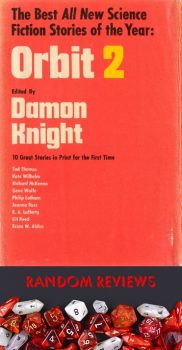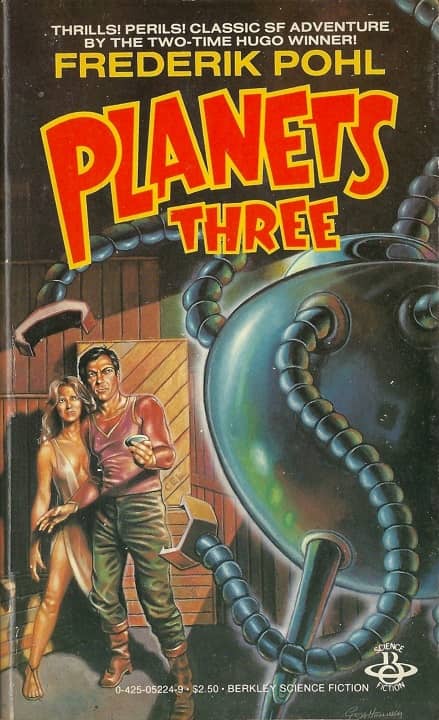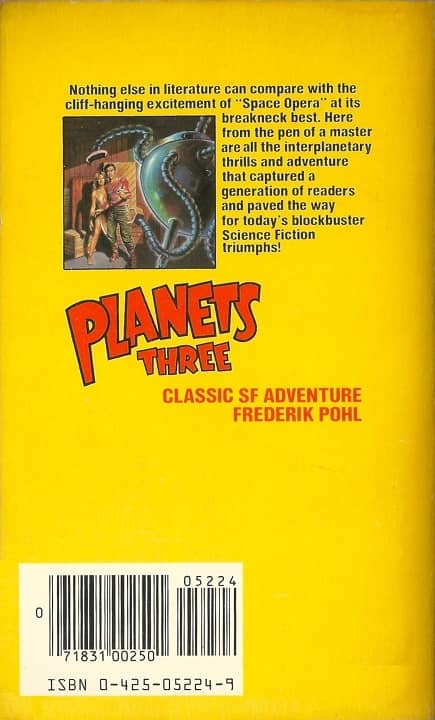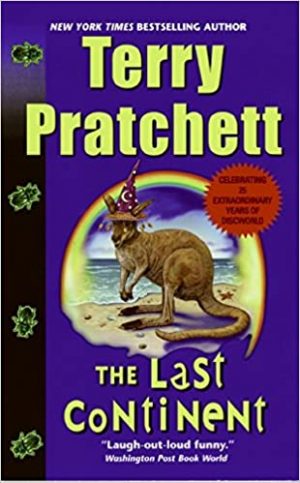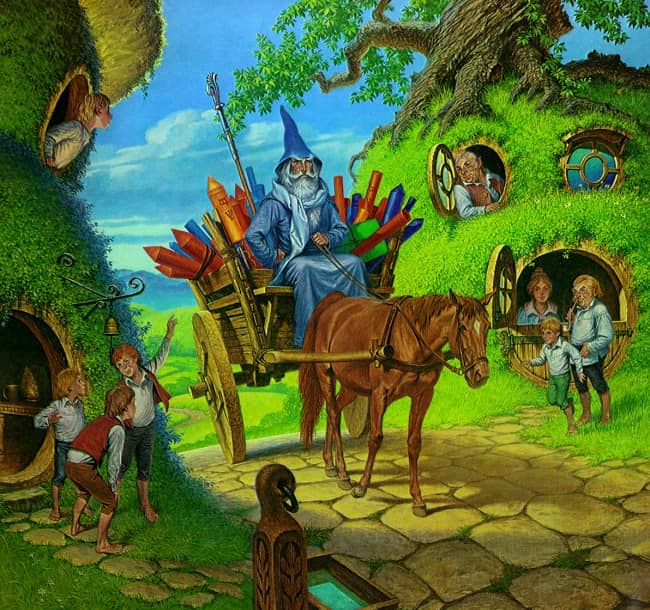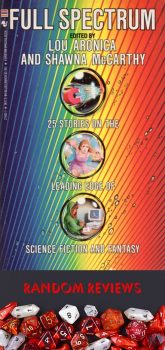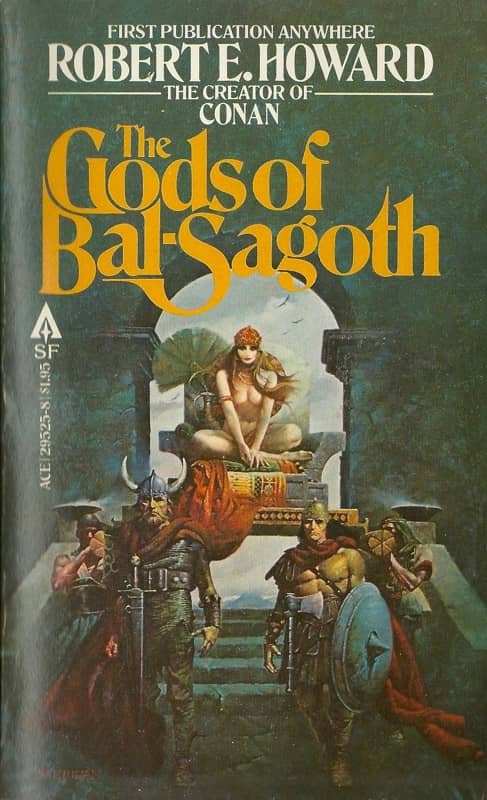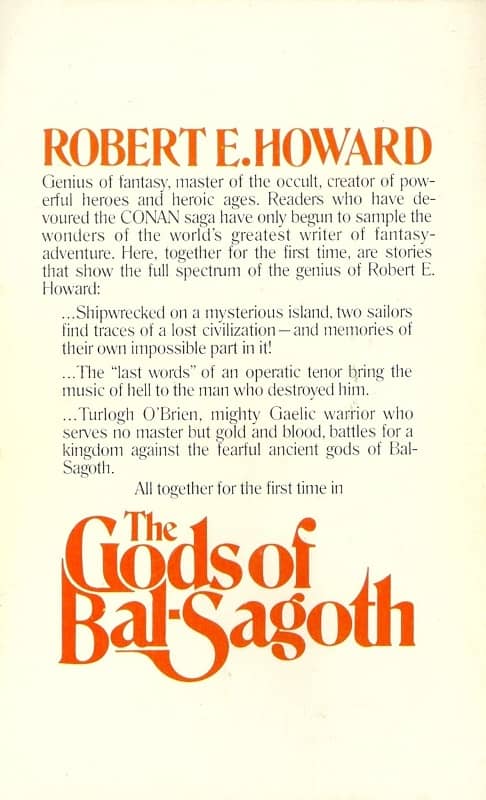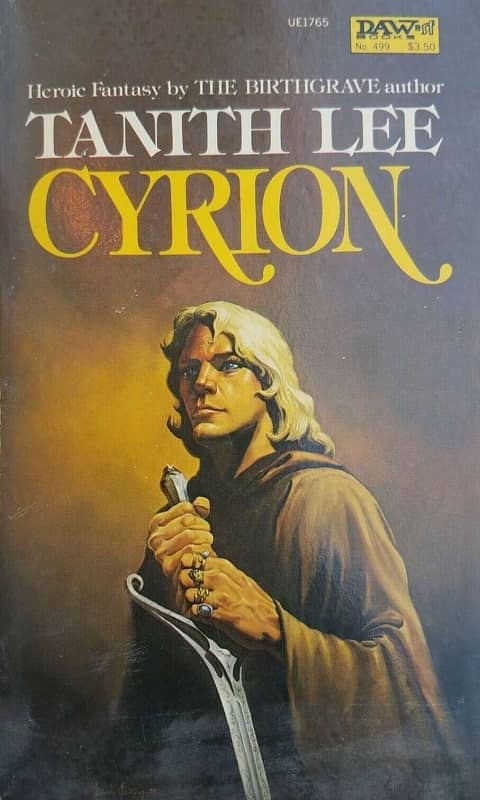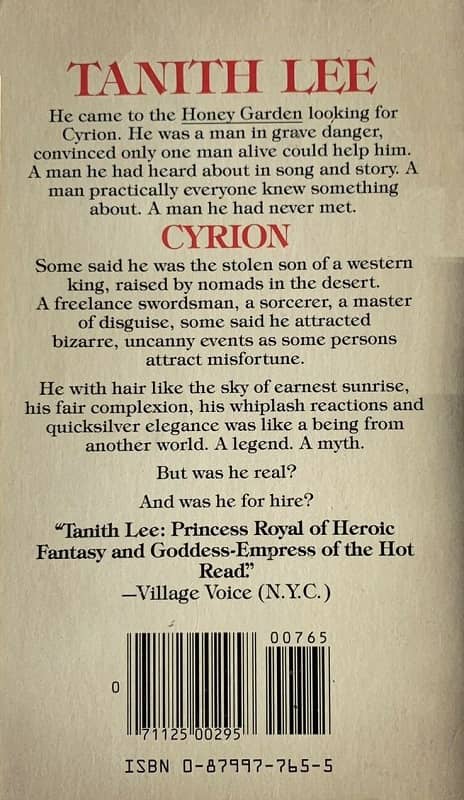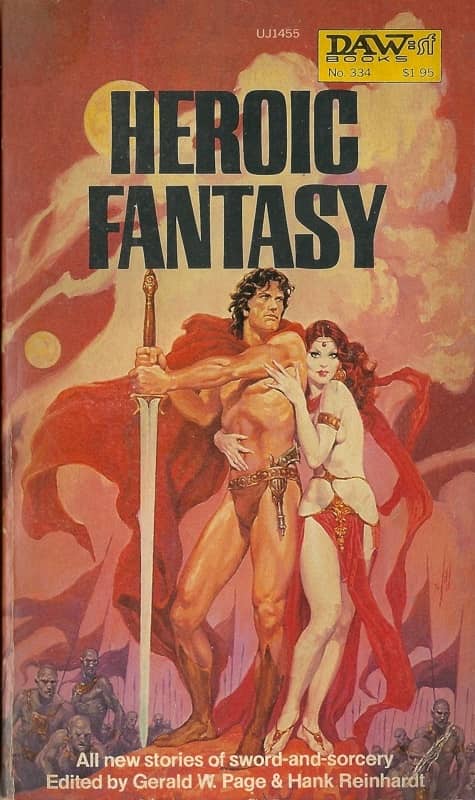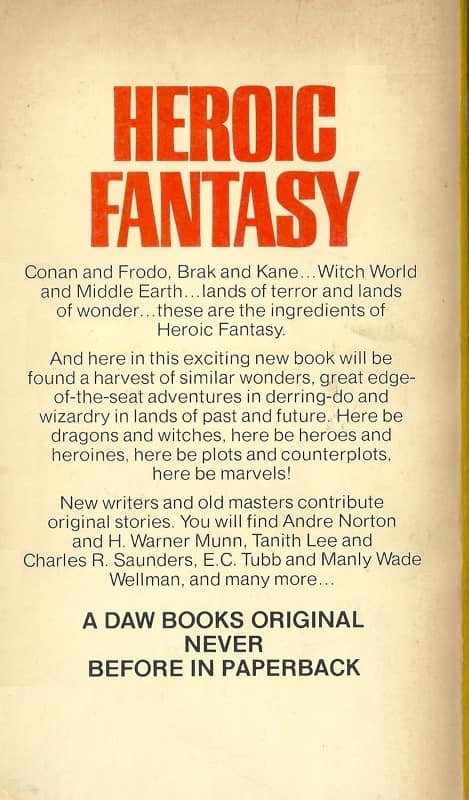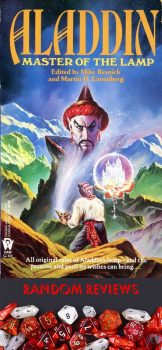Six Thousand Years of Galactic Empires, Space Pirates, and Fuzzies: H. Beam Piper’s Rich Future History
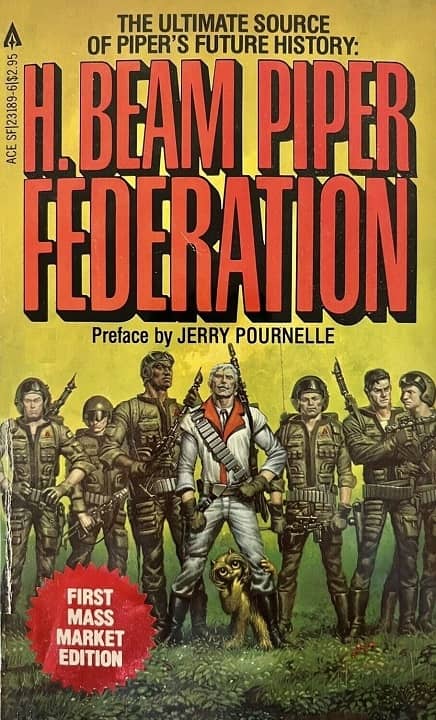 |
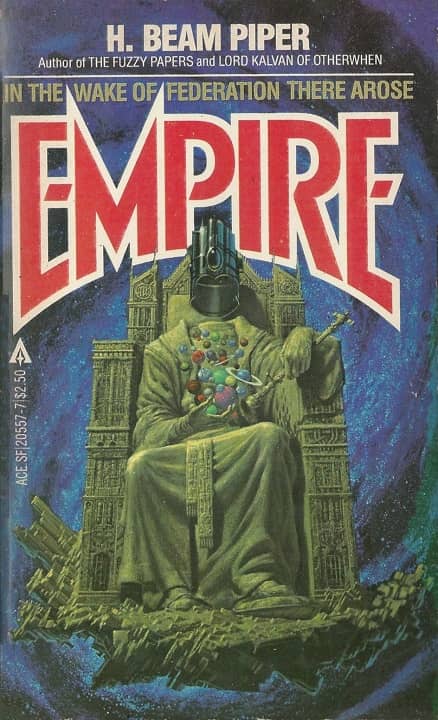 |
H. Beam Piper’s Federation and Empire (Ace Books, February 1982 and May 1981). Covers by Michael Whelan
H. Beam Piper is an enduring favorite of mine. I love his SF adventure tales, including The Fuzzy Papers and the stories in his Paratime sequence. But I haven’t really dipped into his more ambitious work, the Future History that tied together most of his longer stories. The Zarthani website dedicated to Piper’s work summarizes it succinctly:
Piper’s Terro-human Future History is a future-historical science-fiction series which imagines the expansion of the human race from its origins on Earth (Terra) out into the galaxy. Consisting of the novels of Piper’s famous Fuzzy trilogy — Little Fuzzy (1962), Fuzzy Sapiens (…1964) — and Fuzzies and Other People (published posthumously in 1984), Piper’s novels Uller Uprising (1952), Four-Day Planet (1961), Junkyard Planet (1963) — also known as The Cosmic Computer, and Space Viking (1962), and eight Piper stories originally published in pulp science-fiction magazines between 1957 and 1962 (originally reissued, along with an additional, previously-unpublished story, in the Piper collections Federation and Empire edited by John F. Carr, and more recently in Carr’s The Rise of the Terran Federation), the Terro-human Future History spans over thirty millennia of future history.
Piper’s Future History has been much celebrated and discussed since his death, and we’re long overdue for a closer look here. Grab your beverage of choice, settle back in your favorite chair, and let’s dive in.
